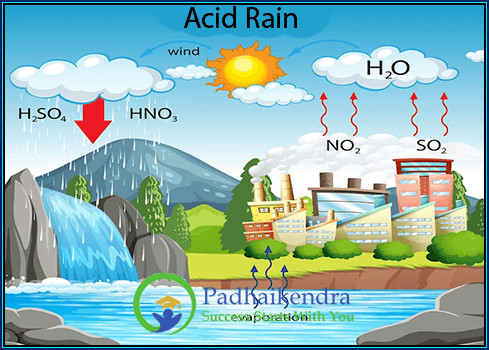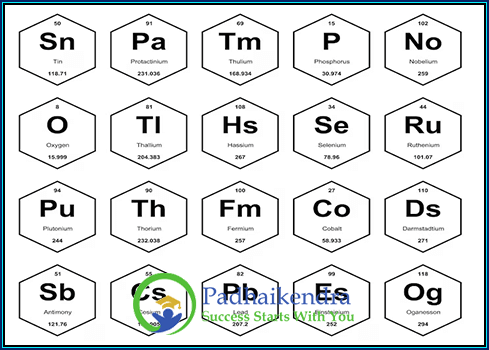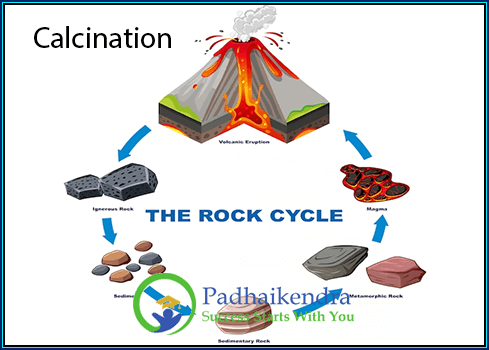Calcium Bromide Formula
The calcium bromide formula, CaBr2, represents the chemical compound composed of one calcium ion (Ca2+) and two bromide ions (Br-) held together by ionic bonds. Calcium bromide is a colorless, crystalline solid that is highly soluble in water and has a variety of industrial and medical applications, such as in oil drilling fluids and as an anticonvulsant medication. The formula CaBr2 helps to identify the number and types of atoms present in the compound and is used to predict its chemical and physical properties.
Calcium Bromide Formula Structure
https://cdn1.byjus.com/wp-content/uploads/2019/03/calcium-bromide-formula.png
The calcium bromide (CaBr2) formula structure is an ionic crystal lattice, where the calcium ion (Ca2+) and two bromide ions (Br-) are held together by strong electrostatic forces of attraction.
The Ca2+ ion has a 2+ charge due to the loss of two electrons from its outermost shell, while each Br- ion has a 1- charge due to the gain of one electron in its outermost shell. The ionic bond is formed when the calcium ion donates its two valence electrons to the two bromide ions, completing their outermost electron shells.
In the crystal lattice, each Ca2+ ion is surrounded by six Br- ions arranged in an octahedral shape, while each Br- ion is surrounded by six Ca2+ ions. This arrangement maximizes the attractions between the positive and negative ions, resulting in a stable crystal lattice structure.
The CaBr2 formula structure has a high melting point and is soluble in water due to the strong ionic interactions between the ions. It is also important to note that the crystal lattice structure is three-dimensional and extends in all directions, making calcium bromide a solid at room temperature.
Properties Of Calcium Bromide Formula
Physical properties: Calcium bromide is a white crystalline solid with a density of 3.353 g/cm3 and a melting point of 730 °C. It is highly soluble in water, ethanol, and acetone.
Chemical properties: Calcium bromide is an ionic compound that dissociates into calcium ions (Ca2+) and bromide ions (Br-) in water. It is hygroscopic, which means it absorbs moisture from the air. It reacts with sulfuric acid to produce hydrobromic acid and calcium sulfate.
Uses: Calcium bromide is used in various industrial applications, such as in oil drilling fluids, refrigeration systems, and food preservatives. It is also used as an anticonvulsant medication.
Safety: Calcium bromide is classified as a hazardous substance due to its toxic nature. It can cause skin and eye irritation and can be harmful if ingested or inhaled.
Other properties: Calcium bromide has a high boiling point and is a strong electrolyte, which means it can conduct electricity in water. It has a low vapor pressure and is not flammable.





